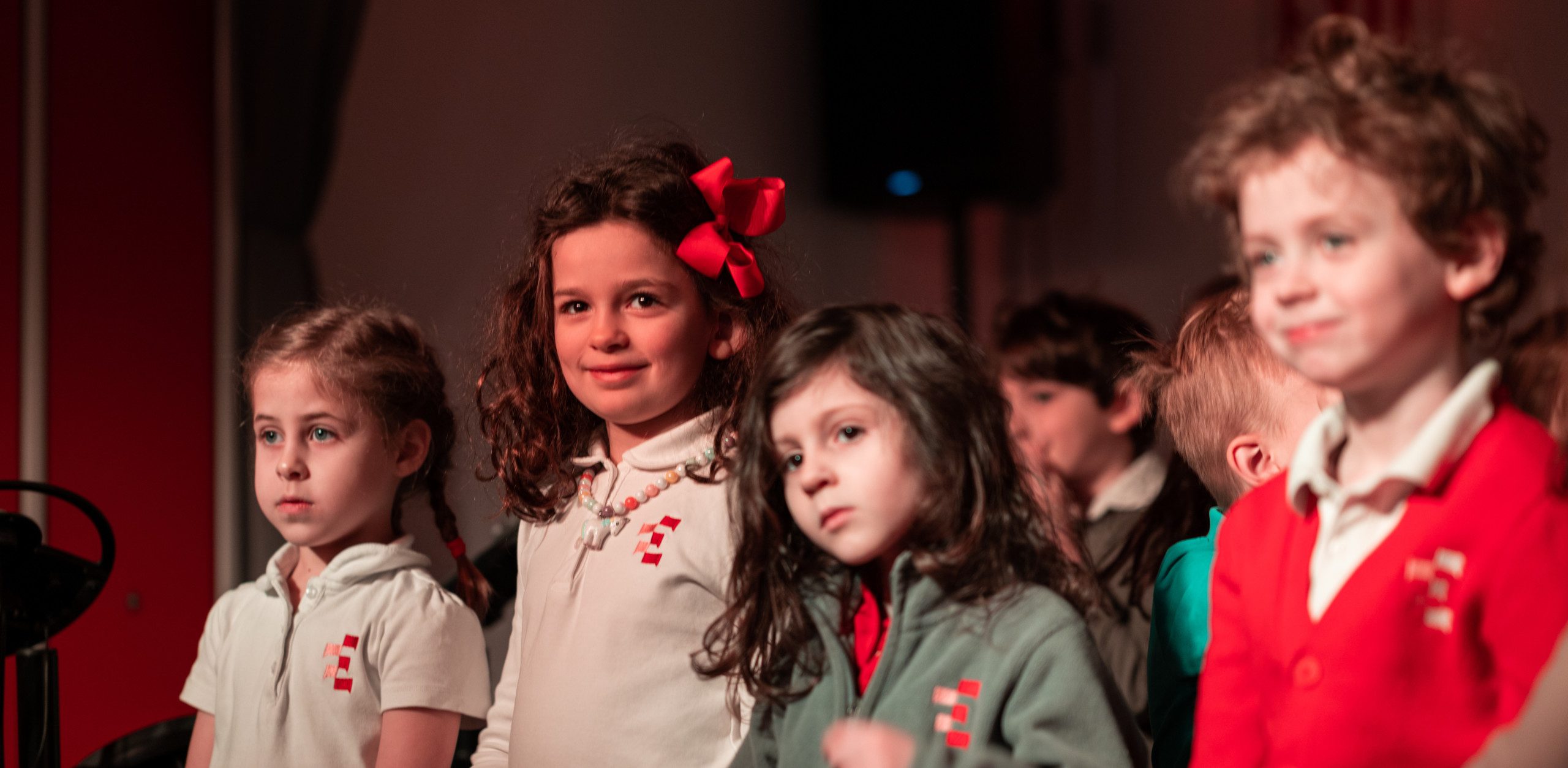First, with some trepidation, came the lifting of the mask mandate, next, field trips, and then, this week, live performances. With Shanghai shutting down and the case numbers in France shooting through the roof, we are still experiencing a moment of relative calm in New York—a moment that allows our school to operate (almost) as it did before.
Exactly two years ago, New York was the epicenter of the pandemic. Numerous members of the community became ill, some very seriously. Our teachers found themselves trapped at home, teaching without any materials, time to prepare, or models to follow. In the midst of the chaos and upheaval (illness, moving elsewhere) we expected children to remain focused while sitting in front of screens, as if it were real school and as if everything were normal, even though they could sense the steadily increasing anxiety in the adults around them.
Sirens, field hospitals, new habits—avoiding physical contact and disinfecting everything—incessant and often contradictory calls to action, terrifying statistics, working from home, no end in sight, and worrying about family members. When I arrived in New York in August 2020, the worst had passed but the shock and the trauma of what everyone had lived through were palpable in the shuttered stores, empty avenues, and eery silence. The city that had energized and exhausted me as a tourist was nowhere to be seen. We are mistaken to think that CNN connects us to the world. Watching from Taiwan, I seriously underestimated what New Yorkers were going through.
Generally speaking, our community was in a position to weather the storm better than many others. The option to leave New York and move upstate or live with family elsewhere was often available, as was the possibility of working remotely in relative comfort with someone to help keep an eye on the kids or make sure they did their homework. Nevertheless, I will never forget Back-to-School 2020. Already a bit stressed at starting in a new school, I gradually realized the full extent of what my new colleagues had lived through. The stories were shocking, even when they were shared for laughs. The atmosphere was odd— somewhere between joy at finally seeing each other again and panic at being in such close proximity, excitement mingled with fear at the prospect of working as a team.
Two years later, we are still living in a post-March 2020 world. We’ve adopted new habits—no one bats an eyelid at doing a parent-teacher conference or attending a poetry recital via Zoom. We always have a mask to hand, jump whenever we hear someone cough, and rush to stick a Q-tip up our nose the second we feel out-of-sorts. We see COVID everywhere, even if it is not here right now; it’s busy entertaining itself elsewhere (for the moment).
Two years on, there are of course the children. We want to think we can protect them from everything. At The École we work flat out so they can say, “Allez hop dans le placard les cauchemars!” (Into the cupboard with you, nightmares!) like in the poem. Unfortunately, things are not always that simple and the solutions we find depend on each child’s age, background, and personal experience. With each passing day, we get a better grasp of the work that remains to be done to help cure children of the consequences of March 2020, even if they can’t forget them just yet.


